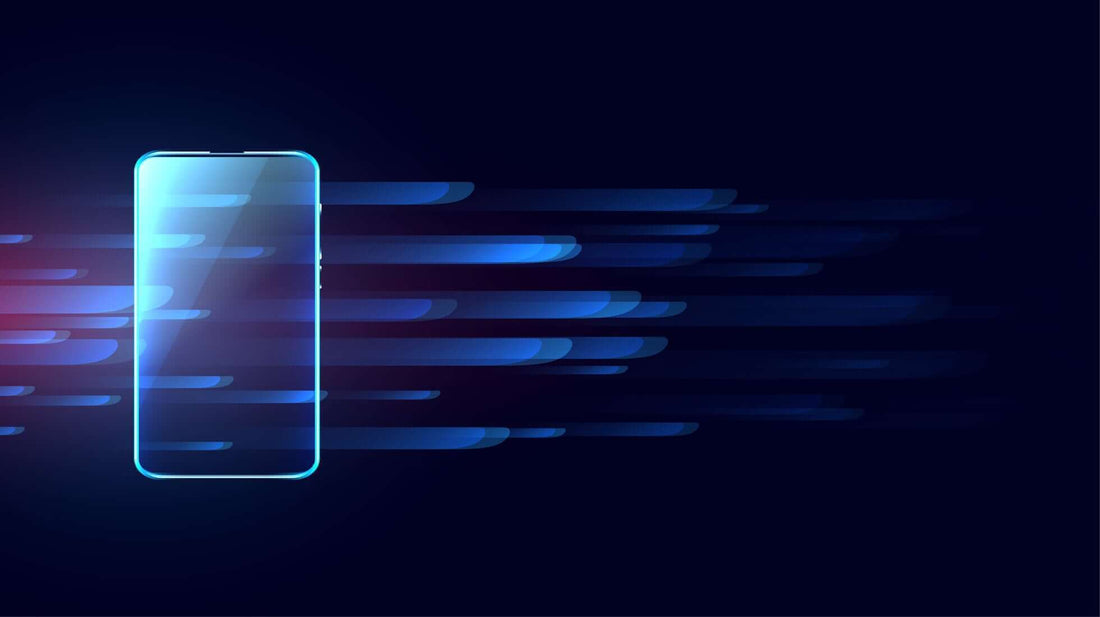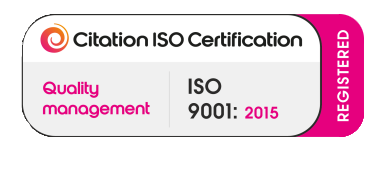
Fast Charging Technology Explained: The Complete Guide to Safer, Smarter Power | RUGD
Share
Fast charging technology has transformed how we stay powered and connected. Whether you’re hiking in the mountains, working remotely, or commuting across the city, charging speed can define convenience. In this RUGD guide, we explore how fast charging works, its history, and the innovations shaping the future of portable power — all designed for people who live life on the move.
History and Evolution of Fast Charging Technology
The Early Days
The need for faster, more reliable power led to the birth of fast charging. Early mobile devices took hours to reach full charge, prompting engineers to find ways to make power transfer more efficient.
Key Milestones
Breakthroughs like Qualcomm’s Quick Charge in 2013 paved the way for high-speed charging. From there, companies developed proprietary systems that pushed charging speeds higher while ensuring safety.
The Modern Standard
Today, fast charging is an essential feature in nearly every high-end device. Technologies like USB Power Delivery (USB-PD) and GaN (Gallium Nitride) chargers make it possible to deliver power safely and efficiently — even in rugged environments.
How Fast Charging Works
Fast charging increases power transfer by raising voltage and current — measured in watts. The challenge is doing so without damaging the battery or reducing lifespan.
Key Components
- Charger Adapter: Converts AC to DC and regulates power output.
- Charging Cable: Supports higher current safely.
- Battery Management System (BMS): Prevents overcharge and overheating.
- Device Firmware: Controls communication between device and charger.
These components work together to balance speed and safety, ensuring your devices stay powered efficiently — much like how RUGD Power Brick I delivers reliable fast charging in outdoor conditions.
Types of Fast Charging Technologies
| Technology | Description | Key Strength |
|---|---|---|
| USB Power Delivery (USB-PD) | Universal standard up to 100W, compatible across devices. | Versatile & widely supported. |
| Qualcomm Quick Charge | Dynamic power adjustment based on device needs. | Efficient for smartphones. |
| OnePlus Warp Charge | Custom cable and charger design for speed & safety. | Cool, stable charging. |
| OPPO VOOC | Multi-step voltage control for low heat. | Efficient and safe. |
| Samsung Adaptive Fast Charging | Adjusts output for Samsung devices. | Brand-optimised power. |
| Apple Fast Charging | USB-PD standard for iPhones and iPads. | Fast and simple. |
Technical Insights and Safety Standards
Power Ratings
Fast charging operates between 18W (Quick Charge 4.0+) and 100W (USB-PD). Always use cables and adapters rated for your specific device.
Device Compatibility
Each brand has unique protocols. To avoid slow or unstable charging, use certified accessories from trusted sources like the RUGD Cables Collection.
Safety and Certification
Look for standards such as USB-IF or IEC 60950-1 to ensure chargers meet safety benchmarks against overheating and short circuits.
Applications of Fast Charging
Fast charging is now found across every major device category:
- Smartphones & Tablets: Quick power-ups during short breaks.
- Laptops: Cuts downtime for professionals on the go.
- Electric Vehicles: Enables shorter recharge times and longer range.
- Wearables: Keeps smartwatches and trackers ready fast.
- Outdoor Gear: Power banks like RUGD Power Brick I keep you connected even off-grid.
Benefits of Fast Charging
- Time-Saving: Fully charge in minutes, not hours.
- Convenient: Perfect for travel and outdoor use.
- Efficient: Reduces downtime during work or play.
- Eco-Friendly: Lower energy consumption, fewer chargers needed.
Challenges and Limitations
- Heat Generation: Excessive heat can affect long-term battery health.
- Battery Lifespan: Continuous fast charging may slightly reduce capacity over time.
- Compatibility: Not all devices support every fast charging type.
- Accessory Cost: Certified high-speed chargers are pricier but safer.
Latest Innovations and Future Trends
GaN (Gallium Nitride) Chargers
Smaller, faster, and cooler — GaN chargers represent the future of high-efficiency energy transfer.
Wireless Fast Charging
Cables are becoming optional. Wireless pads now rival wired speeds with better heat control and safety sensors.
Solar and Sustainable Power
Pairing fast charging with renewable sources like RUGD’s outdoor power solutions promotes sustainability for adventurers who live off-grid.
Why Smart Charging Matters
Fast charging isn’t just about convenience — it’s about balance. Whether you’re powering a smartphone or an outdoor device, efficient energy use improves both performance and safety.
After intense adventures or long travel days, it’s equally important to recharge yourself. Many outdoor explorers turn to IV hydration therapy for post-adventure recovery to restore energy levels faster — much like how fast charging restores your devices efficiently.
FAQs
What’s the safest way to use fast charging?
Use original or certified chargers, keep your device cool, and avoid charging overnight unnecessarily.
Does fast charging shorten battery life?
Not with modern battery management systems (BMS). These protect against overcharging and overheating.
What’s the difference between fast charging and quick charging?
“Quick Charge” is Qualcomm’s proprietary technology, while “fast charging” covers all methods of accelerated power delivery.
Conclusion
Fast charging technology has changed how we experience mobility and power. As innovation continues — from GaN materials to solar-assisted charging — users can expect faster, safer, and smarter ways to stay connected.
At RUGD, we’re committed to creating durable, efficient charging solutions built for real-world adventures. Whether you’re off-grid or on the go, you can count on RUGD gear to keep your devices — and your lifestyle — fully charged.

